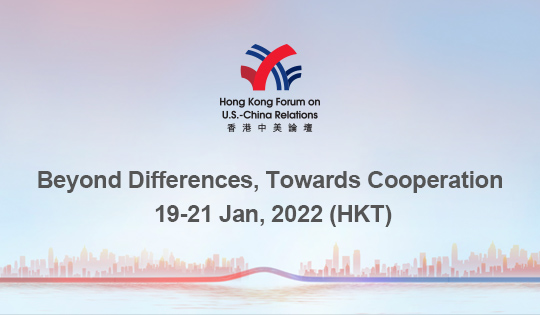This is an era when the globalization is at a low tide and international relations have turned back to the jungle.
U.S. President Donald Trump announced on October 1 that the United States had reached a new trade agreement with Mexico and Canada: the United States-Mexico-Canada Agreement (USMCA) replaced the North American Free Trade Agreement (NAFTA). Renegotiating the NAFTA was one of Trump’s campaign promises. The conclusion of the new agreement is the outcome of compromises made by the three parties.
However, the USMCA represents the principle of American First to a large extent. All sorts of quotas and quantitative restriction measures are used in the USMCA, while encouraging the exporting countries to make automatic export restrictions in essence. For example, the clause clearly demands that Mexico supervise, allocate and manage the relevant quotas. Take the automobile rule of origin for example. The new agreement provides that at least 75% of the automobiles manufactured under the agreement should be made in North America, in comparison with the 62.5% provided in the former NAFTA. Besides, 40-50% of the automobiles must be produced by the workers who are paid at least $16/hour. At present, the hourly wage of the non-developed Mexican auto industry averaged at less than $3, only one tenth or even one twentieth of that of U.S. and Canadian workers. Increasing the lowest hourly pay will certainly benefit the Mexican auto industry workers, but will push up the manufacturing cost. The White House predicates that the enforcement of the new agreement will greatly spur job creation in the U.S. Rust Belt and cut the trade deficit with Mexico and Canada.
The United States no longer takes the trade agreement as a channel to help U.S. enterprises create global supply chains but will instead reviewing the commodities flowing into the United States more strictly in order to force the manufacturing industry back to the U.S. Jeffrey Schott, a senior fellow at the Peterson Institute for International Economics, believes that the USMCA is the first trade agreement that the U.S. government has negotiated to increase rather than reduce trade and investment barriers; demanding auto manufacturers follow the provisions before enjoying lower tariffs.
The USMCA is evidently discriminatory. It introduces discriminatory clauses that were rarely seen in past trade agreements and restricts dealings with non-market economies: if one of the three parties signs a free trade agreement with any non-market economy, the other two parties have the right to withdraw from the USMCA within six weeks. It means that the United States attempts to take this trade agreement as a model for future bilateral trade negotiations; the restrictive clause on non-market economies could be stuck into the U.S-Europe trade agreement, the U.S.-Japan trade agreement, and other free trade agreements. This will consolidate the international trade system based on the U.S. model and may form new barriers to international trade rules.
Since the 1990s, the global value chain has obviously become increasingly important to the world economies, accounting for three fourths of the global goods trade. China is Mexico’s second largest commodity supplier. The freer the trade between Mexico and China, the higher the efficiency and cost-effectiveness of this supply chain. However, the fact that the USMCA provisions clearly prevent China and Mexico from reaching a free trade agreement will certainly cut apart the industrial chain, the supply chain, and enhance production costs. Part of the cost will have to be borne by U.S. consumers. Therefore, building trade barriers to any third country can be costly. And it will have a broad and far-reaching impact on the free trade order that was set up after World War II and will be a heavy blow to the global value chain system.
In the face of trade protectionism and unilateral threats, what’s to be done? Scrap it and make a new start or reconstruct multilateral rules? It will determine what the pattern of world trade will look like in the future. The WTO operational mechanism falls far behind the changing world.
However, the basic principles of the WTO should not be abandoned, such as most-favored nation treatment, tariff restraint, and transparency. Now, the world needs to build a new international cooperation order, further clarify and reach the WTO reform goals, avoid the extreme heavy-handed policies that benefit one country at the expense of other countries, intensify trade rules for the benefit of future global economic development, thus creating a new open trade system, a task that is more important than ever before.
